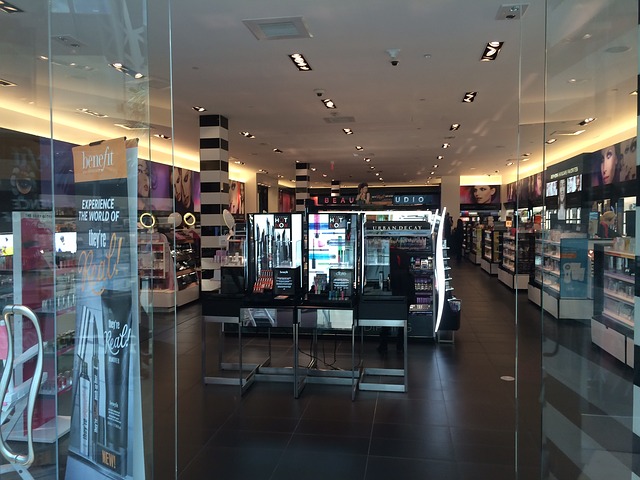
So you already have a loyal customer base, a list of trusted suppliers, a beautiful and easy to navigate website, and a bunch of glowing reviews about the products you’re selling and about you as a top-notch online seller — what else do you need to kick things up a notch for your online beauty store? Here are a few ideas to give your business a makeover.
Table of Contents
Explore New Products
The beauty industry encompasses a wide range of items. Apart from makeup and skin care products that you are likely already carrying, you can easily expand to offering hair care products, fragrances, beauty treatment packages and gift certificates, nail polish, and even weight management solutions. You can also consider selling beauty tools and accessories like hair straighteners and curlers, tweezers, cosmetic scissors, and, of course, makeup brushes and beauty blenders.
If you want to stick strictly with makeup, you can consider including foreign cosmetic brands in your inventory. Asian cosmetics, in particular, have gained quite a following over the past few years because of their effectiveness, uniqueness (bee venom for your face, anyone?), and rather affordable price tags. Consider buying Asian cosmetics wholesale to save on costs, both on acquisition and shipping. With how fast these products are flying off the shelves — the Asia Pacific beauty industry is estimated to be valued at $126.86 billion by 2020 — you’ll soon be ordering a whole lot more than just Korean makeup soon enough.
Be More Active and Engaged on Social Media
It can’t be denied that social media can be an effective marketing tool, but more often than not, businesses aren’t able to maximize the power of these networks because they aren’t doing enough or are not present in the relevant channels. In the beauty industry, the most ideal sites to be actively engaged in include Instagram, Facebook, and Pinterest. Being present on these social media sites doesn’t mean just creating an account, however. It means you should be actively posting relevant content and consistently engaging your followers.
For Instagram and Pinterest, visual content like photos and videos work the best. If you can post photos of customers using your products, much better. Using hashtags for Instagram can help increase exposure; it also encourages your followers to share their own content. Meanwhile, you should create various boards on Pinterest that feature your products; for example, a “no makeup makeup” board or various wedding makeup looks and how to achieve them.
On the other hand, Facebook can be geared toward helpful content like video tutorials, articles, and how-to graphics. These could be shared from various content creators, but it would be better if you can create and share your own content. You can also use Facebook as an additional channel for customer service. If you choose to do this, make sure that someone is available to respond to questions 24/7 or make it clear that there you will be able to respond to questions only during business hours to manage customer expectations.
Provide More Valuable Content
As mentioned in the previous entry, it would be best if you can create and share your own content. There are many ways you can incorporate beauty products in various media. Tutorial videos, “what’s in your makeup bag” featurettes with the help of credible influencers, how-to articles, listicles, and even infographics are just a few of the formats you can create. Providing more content will give your products more context and make them more appreciable, and will give your customers reasons to stay and fully explore your website. What’s more, consistently providing relevant and unique content may help improve your online store’s search rankings.
Provide Various and Convenient Payment Options
If you haven’t done this already, you should immediately do so. The checkout page is arguably the most important page; if your customers find that it’s complicated to complete their transactions or if they don’t have the payment option they want, they might back out of their purchase.
At the very least, you should have the following payment methods: third-party services like PayPal, credit and debit card, cash on delivery, and bank transfers. In the future, you should also consider partnering with banks and other merchants to accept offline payments.
On the checkout page itself, don’t force people to sign up for anything — you should be doing this somewhere else — and don’t redirect them to too many outside pages; all processes should ideally happen on the checkout page. You should also reassure your customers that they are transacting securely by showing your website’s security certificates.
As an entrepreneur, there’s always something you can do to improve your business. You don’t have to completely overhaul your online store (unless it’s needed) — some small yet impactful change can mean the difference between stagnation and further success.

